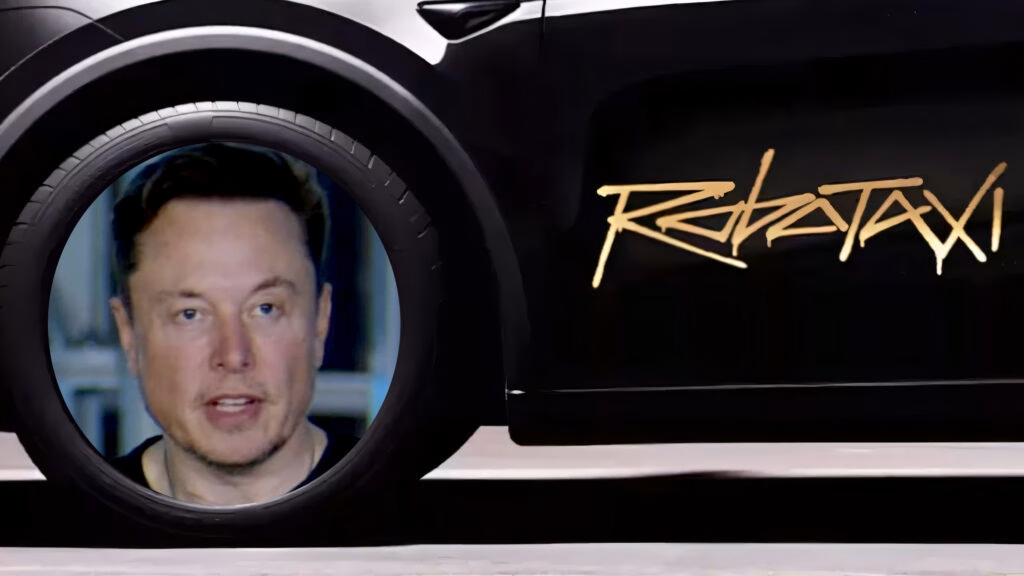Why Are Tesla Shareholders Suing Over Robotaxi Safety Concerns?
Tesla’s much-hyped Robotaxi service was supposed to be a game-changer for autonomous vehicles. Instead, it’s landed the company—and Elon Musk—in the middle of a legal firestorm. Shareholders have filed a class action lawsuit, claiming Tesla concealed safety risks and exaggerated the readiness of its self-driving tech. The heart of the complaint? Reports of Robotaxi vehicles in Austin, Texas, behaving in ways that would make any passenger’s hair stand on end: speeding, swerving, hopping curbs, and even dropping off riders in the middle of busy roads.
You might wonder, is this just another case of growing pains for new technology, or is there something more serious going on? According to the lawsuit, Tesla and Musk didn’t just gloss over a few glitches. Shareholders allege the company actively misrepresented the maturity and safety of its autonomous systems, which in turn inflated Tesla’s stock price. When news of these incidents broke, Tesla’s stock dropped by 6 percent—a sharp reminder that Wall Street doesn’t take kindly to surprises, especially when safety is involved.
What Evidence Do Shareholders Have Against Tesla?
The lawsuit isn’t based on vague rumors. Shareholders point to specific incidents where Robotaxi vehicles were reportedly seen breaking traffic laws—speeding, swerving into the wrong lane, and making unpredictable stops. There are even claims of passengers being let out in unsafe locations. These aren’t minor hiccups; they’re the kind of issues that could put lives at risk and draw the attention of regulators.
Shareholders also highlight public statements from Musk, including his bold promise in April that Tesla was “laser-focused on bringing Robotaxi to Austin in June,” touting the service as scalable and safe. The lawsuit argues these statements painted an overly rosy picture, downplaying the real-world challenges and risks.
How Is Tesla Responding to the Scrutiny?
Tesla hasn’t shied away from ambitious claims about its self-driving technology. Musk, in particular, is known for his confidence—sometimes bordering on bravado. On a recent earnings call, he predicted that half the US population would have access to Tesla’s Robotaxi by year’s end. That’s a staggering projection, especially considering the current regulatory and technical hurdles.
But here’s the catch: in California, where Tesla recently expanded its Robotaxi service to parts of the Bay Area, the vehicles aren’t actually operating autonomously. State rules require a human driver behind the wheel, so what’s being marketed as a Robotaxi is, for now, more like a traditional ride-hailing service. It’s a subtle but important distinction—and one that regulators and investors are watching closely.
What Does This Mean for the Future of Autonomous Vehicles?
The Tesla Robotaxi saga is more than just a company-specific controversy. It’s a litmus test for the entire autonomous vehicle industry. The technology is advancing rapidly, but public trust is fragile. According to a 2023 Pew Research Center survey, only 26 percent of Americans said they would feel comfortable riding in a driverless car. High-profile incidents—like those alleged in Austin—can set progress back by years, not just for Tesla but for every company in the space.
Regulators are also under pressure to balance innovation with safety. The National Highway Traffic Safety Administration (NHTSA) has already launched investigations into several autonomous vehicle programs, and the Tesla lawsuit could spur even more scrutiny.
Are Tesla’s Challenges Unique, or Part of a Bigger Pattern?
Tesla isn’t the first company to face backlash over self-driving tech. Other major players, from Waymo to Cruise, have encountered their own share of setbacks and regulatory hurdles. What sets Tesla apart is its aggressive timeline and the outsized influence of Musk’s public persona. When things go wrong, the fallout is bigger—both in the headlines and on the stock market.
It’s also worth noting that the autonomous vehicle industry is still in its infancy. Real-world deployment is messy. Unexpected situations crop up, and the technology has to adapt on the fly. The key difference is how companies communicate those challenges to the public and their investors. Transparency builds trust; overpromising and underdelivering does the opposite.
What Should Investors and Consumers Watch For Next?
If you’re a Tesla investor or just fascinated by the future of mobility, keep an eye on a few key areas. First, regulatory developments—especially in states like California and Texas—will shape how quickly Robotaxi services can expand. Second, watch for updates from safety agencies like NHTSA, which could impose new rules or restrictions if more incidents come to light.
And finally, pay attention to how Tesla and its competitors handle transparency. Are they candid about setbacks? Do they provide clear data on safety and performance? The companies that win long-term will be those that treat public trust as their most valuable asset.
The big takeaway? The road to fully autonomous taxis isn’t about perfection—it’s about smarter adjustments. Start with one change this week, and you’ll likely spot the difference by month’s end.

